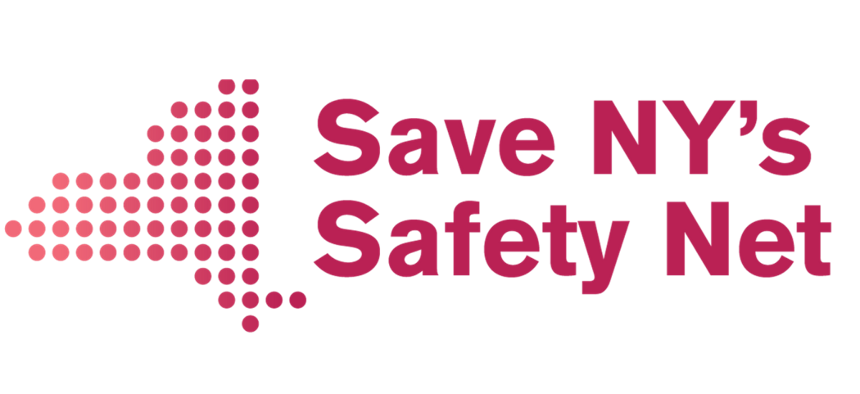Unless the state Legislature acts quickly, the Hochul administration in three short weeks will implement a policy change that significantly alters how health care and wrap-around services for millions of vulnerable and underserved New Yorkers across the state are funded.
Safety-net providers and experts warn that the Medicaid pharmacy benefit carve-out, dubbed NYRx by the state and scheduled to take effect on April 1, will make it harder for patients – mostly lower-income New Yorkers of color - to access prescription drugs and medication management assistance, threaten jobs, and likely cause some clinics to close altogether.
Meanwhile, the Pharmacists Society of the State of New York (PSSNY) insists that NYRx will, in fact, enhance patient access to lifesaving medications, expand pharmacy services in rural areas and improve transparency by cutting out the “middlemen” (pharmacy benefit managers).
This increasingly acrimonious debate isn’t necessary. There is a way for both sides to win: S5136, a compromise bill sponsored by Senate Health Chair Gustavo Rivera, the substance of which was included in the Senate’s one-house budget resolution.
As is the case with a true compromise, this proposal offers a “best of both worlds” scenario in which pharmacies receive a fair, equitable, and transparent reimbursement at the same level if the carve-out goes forward, without gutting the programs and services that the healthcare safety-net provides. It also significantly reduces the role of the pharmacy benefit managers and achieves real reforms on their business practices that have caused harm to pharmacies.
Curiously, PSSNY was at the table when the details of S5136 were hammered out, but now is spreading misinformation about the proposal, falsely suggesting it will hurt local pharmacies and the communities they serve.
But PSSNY isn’t representing the interests of all its members, or everyone in the field. We know this firsthand because we are all pharmacists and one of us is a PSSNY member. Our employers operate community pharmacies in Rochester (Trillium Health), Buffalo (Evergreen Health, Jericho Road Community Health Center, and Neighborhood Health Center of Buffalo), and Jamestown (The Chautauqua Center).
The truth is that the compromise bill accomplishes the state’s primary policy goals – namely a uniform Medicaid drug formulary to maximize its purchasing power, along with total transparency into the Medicaid outpatient prescription program. It also would save millions in taxpayer dollars, which multiple studies have shown the carve-out will not do.
If S5136 is included in the final budget deal or passed as a stand-alone measure and signed into law, pharmacies across New York State, especially independents, will get the exact same payment for prescriptions that we would get in NYRx. And we will achieve that without causing irreparable harm to the healthcare safety-net. That is a true win-win.
But the biggest winners of all will be the patients, who won’t see any difference in the quality or quantity of services they now receive through savings realized under the federal 340B program.
This program, established in the 1992, requires pharmaceutical companies participating in Medicaid to offer deep discounts on prescription drugs to clinics and hospitals that serve vulnerable populations, including members of communities of color, LGBTQ+ individuals and those with HIV or AIDS.
These facilities get reimbursed at the prevailing market rate and use the savings to provide a wide range of services that are unfunded or under-funded by Medicaid – including mental health counseling, transportation, housing, and nutrition support – at no extra taxpayer cost.
Quite simply, 340B removes barriers to care and addresses longstanding inequities for chronically underserved New Yorkers. The law that created the program specifically states that it was designed to “stretch scarce federal resources as far as possible, reaching more eligible patients and providing more comprehensive services.”
Between our five employers, implementation of NYRx would mean a combined sudden loss of nearly $25 million a year. For three years now, the state Department of Health has failed to articulate a plan to ensure safety net providers remain unharmed by this change. Despite all their assurances, we are now teetering on the edge of a fiscal cliff, with no clarity on the future.
We are grateful to Sen. Rivera, Assembly Health Committee Chair Amy Paulin, and other members of the Legislature who have spoken out in defense of the safety net program and pledge to protect providers and the patients they serve. We implore them to stand firm and ensure the dangerous and harmful NYRx plan doesn’t become a reality.


